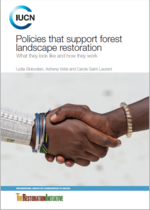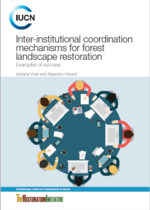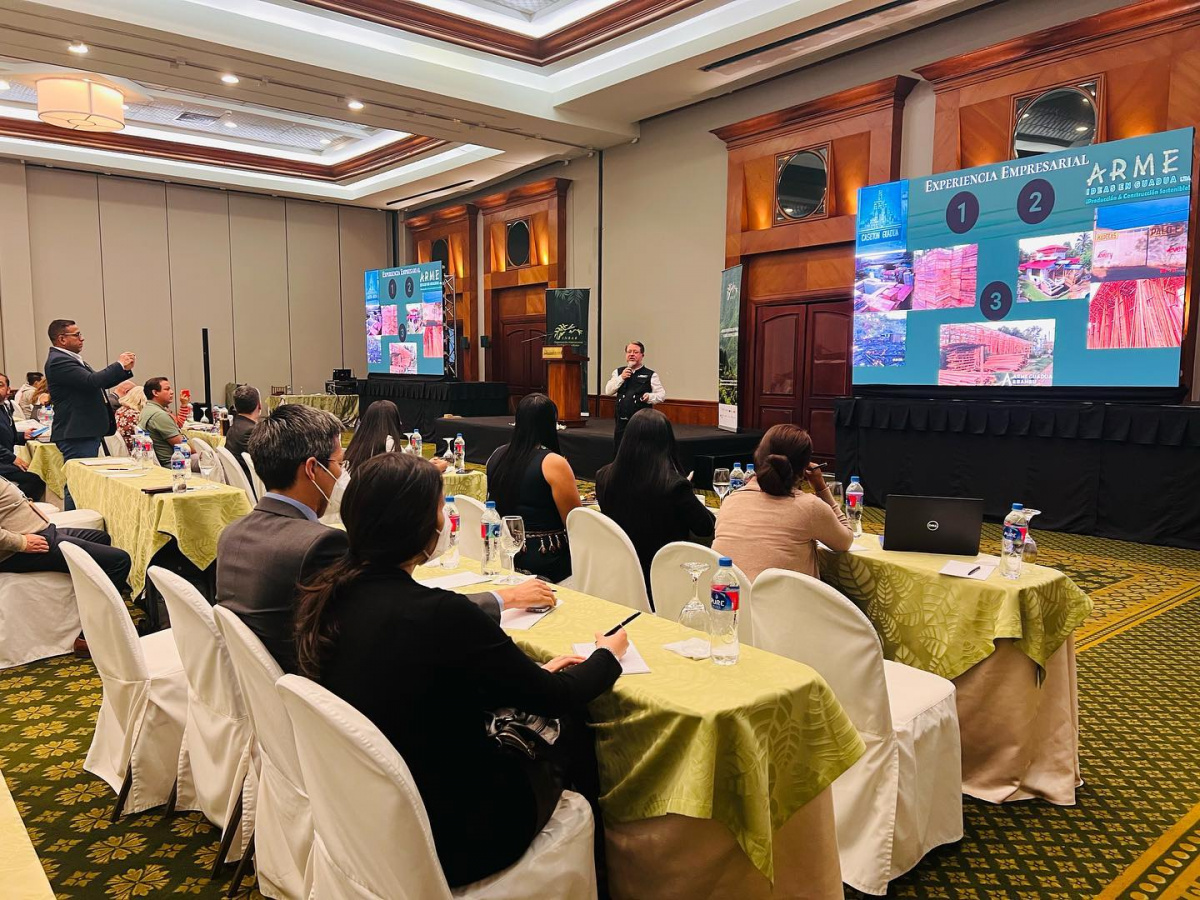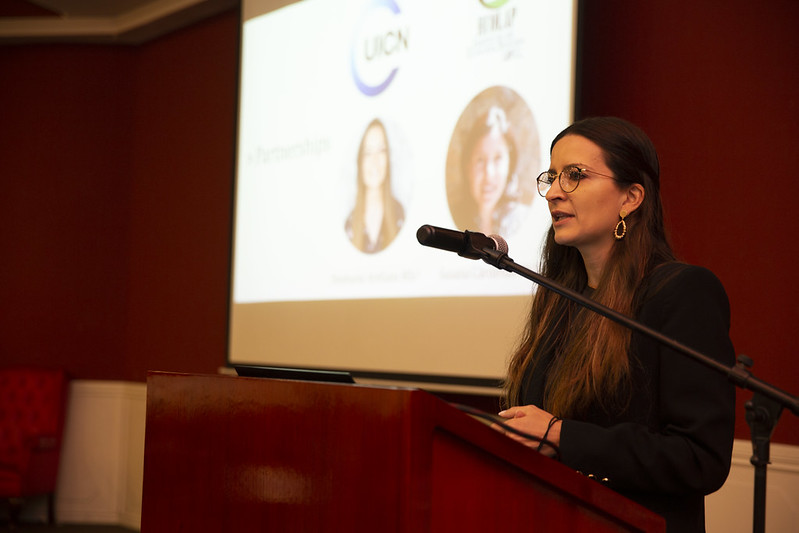Supportive policies are key to forest landscape restoration
Experience has shown that for forest landscape restoration (FLR) to be successful, it needs to be supported by policies that incentivize, facilitate and mobilize the implementation of FLR. This IUCN brief describes a range of FLR-supportive policies, complemented by case studies of countries where FLR-supportive policy has had a positive impact.

Photo: IUCN / freepik
FLR policies address a wide range of critical aspects for restoration and result in specific instruments (strategies, legislation, regulations, guidelines, etc.) that cover topics such as land uses, incentives, and rights and obligations. Actors invested in implementing FLR face the complexity of navigating through policy elements and frameworks and find it challenging to identify the critical policy areas needed to address to enable restoration.
 Photo: IUCN / freepik
Photo: IUCN / freepik
The analysis is structured around three developmental stages: motivating, enabling and mobilising the implementation of FLR. FLR-supportive policies are present across these three stages and can provide direction in distinct ways. For instance, policies that motivate restoration start with setting up targets and establishing principles to design restoration strategies under integrated land use planning. On the other hand, policy instruments need to enable implementation, establishing adequate governance structures, clear land-rights and tenure, institutional arrangements and adequate and participatory decision-making processes.
An enabling aspect that deserves a closer look is inter-institutional and stakeholder coordination, which has emerged as a key element in the success of FLR initiatives. Inter-institutional coordination mechanisms (ICMs) help to forge shared visions and improve the way stakeholders, institutions and sectors interact with each other to address potential conflicts and synergies involved in the process of restoring landscapes and sustainably managing natural resources.
 Photo: IUCN / creative commons
Photo: IUCN / creative commons
Finally, FLR-supportive policies and instruments should set out pathways to mobilise on-the-ground action through increased capacity of all stakeholders involved, including extension services, network creation, partnerships, certification programmes, etc. Another critical element is the creation of a system of public incentives and financing, where policies consider who benefits and who bears costs, in order to align with the expectations of the benefits from FLR and ensure long-term success. Regular evaluation of FLR interventions is necessary to adjust and update strategies for which policies can include requirements for generating baselines and a monitoring framework. The case studies from Vietnam, Colombia, Ethiopia, Madagascar, and a thematic case study on mangroves presented as part of this analysis, illustrate some FLR-supportive policies related to the aforementioned stages.



